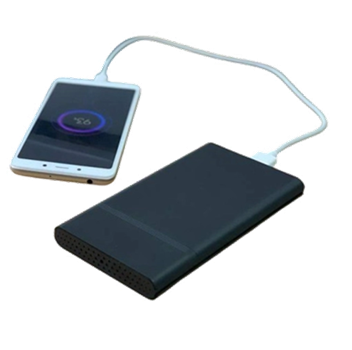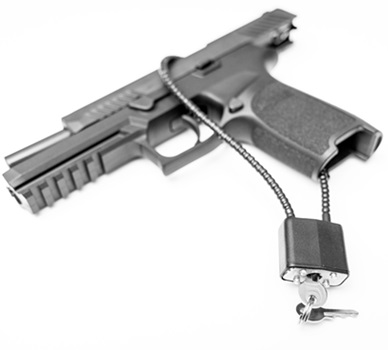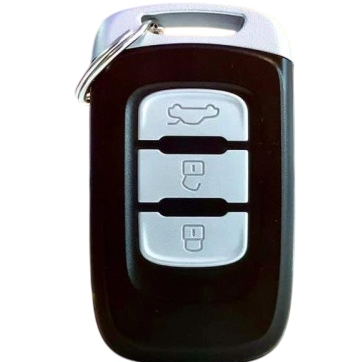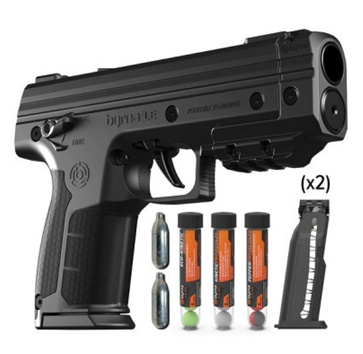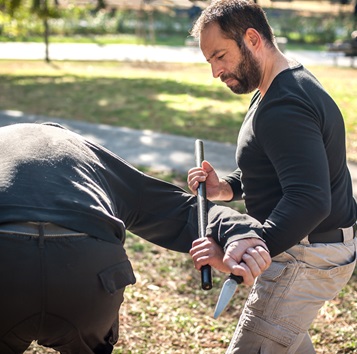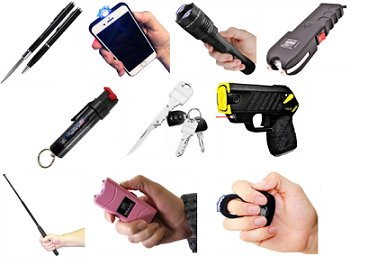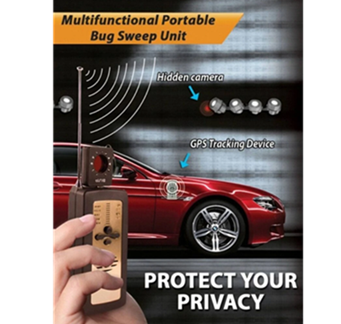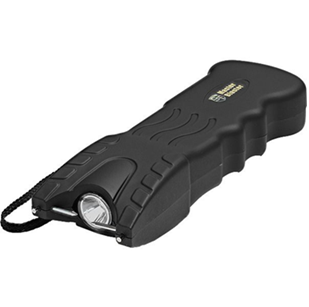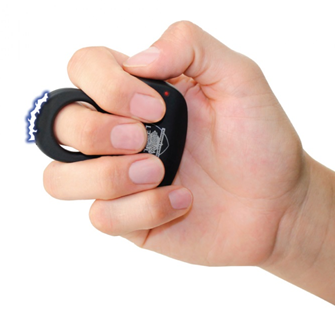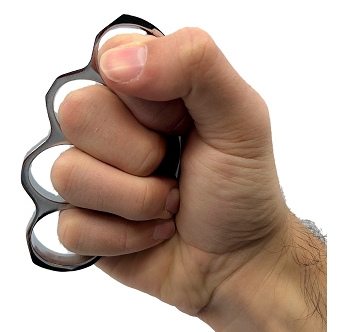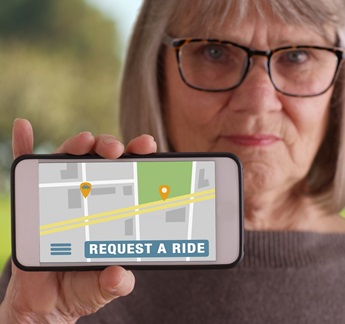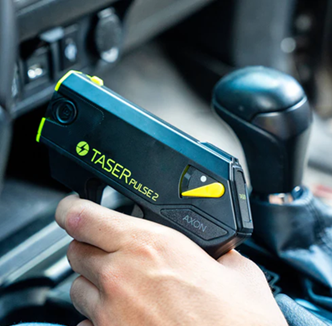How to Use a Personal Alarm
 In today’s world, personal safety is a growing concern for many. Whether walking to your car after a late-night shift, jogging through a secluded park, or simply navigating your daily routine, being prepared with a personal safety device can provide peace of mind. Among the various self-defense tools available, the personal alarm is one of the most practical, non-lethal options you can carry. This article will guide you through the importance of personal alarms, how they work, and how to use them effectively in various situations.
In today’s world, personal safety is a growing concern for many. Whether walking to your car after a late-night shift, jogging through a secluded park, or simply navigating your daily routine, being prepared with a personal safety device can provide peace of mind. Among the various self-defense tools available, the personal alarm is one of the most practical, non-lethal options you can carry. This article will guide you through the importance of personal alarms, how they work, and how to use them effectively in various situations.
What is a Personal Alarm?
A personal alarm is a compact, portable device designed to emit a loud sound, usually between 120 and 140 decibels, when activated. The high-pitched noise serves two primary purposes: to disorient or deter an attacker and to draw attention from others nearby, increasing the likelihood of assistance. Unlike pepper spray or other self-defense tools, a personal alarm is non-violent and poses no risk of injury to the user or the assailant, making it an ideal option for people of all ages.
Why Should You Carry a Personal Alarm?
-
Ease of Use: Personal alarms are simple to operate, making them accessible to everyone, including children and the elderly. There’s no need for special training or a permit to carry one.
-
Deterrent Effect: The unexpected blast of a loud noise can startle an attacker, giving you precious seconds to escape. The attention drawn by the alarm may also cause the attacker to flee, fearing apprehension.
-
Legal to Carry: Unlike some self-defense weapons, personal alarms are legal in most places, even on airplanes, making them a hassle-free choice for travelers.
-
Peace of Mind: Carrying a personal alarm can boost your confidence, knowing you have a tool to call for help quickly if needed.
Types of Personal Alarms
There are several types of personal alarms available on the market, each designed to meet different needs:
-
Keychain Alarms: These are the most common type of personal alarm. They are small, lightweight, and attach easily to your keyring, bag, or belt loop. Keychain alarms are always within reach and can be activated by pulling a pin or pressing a button.
-
Wearable Alarms: Wearable alarms can be disguised as jewelry, such as bracelets or necklaces, or incorporated into watches and fitness trackers. They offer a discreet way to carry an alarm without drawing attention to the fact that you have one.
-
Flashlight Alarms: Some personal alarms come with a built-in flashlight, combining two safety tools in one. The flashlight can be used to illuminate your path in the dark, while the alarm can be activated in case of an emergency.
-
GPS-enabled Alarms: For those who want an added layer of security, GPS-enabled alarms not only emit a loud sound but also send your location to pre-selected contacts. This feature can be especially useful if you’re in an unfamiliar area or traveling alone.
How to Use a Personal Alarm Effectively
Using a personal alarm effectively involves more than just carrying it with you. Here are some tips on how to maximize its effectiveness:
-
Know How to Activate It: Familiarize yourself with the alarm’s activation mechanism before you need to use it. If it’s a keychain alarm, practice pulling the pin or pressing the button. If it’s a wearable alarm, know where the activation button is located. In an emergency, you may only have a second or two to react, so it’s crucial that you can activate the alarm quickly and without hesitation.
-
Carry It in a Convenient Location: Keep your personal alarm in a place where you can easily access it. If it’s in your bag, make sure it’s in an outer pocket or attached to the strap for quick retrieval. Avoid burying it under other items, as you might struggle to find it when needed.
-
Use It at the Right Time: Timing is everything when using a personal alarm. If you feel threatened, don’t wait until an assailant is too close—activate the alarm as soon as you sense danger. The loud noise can give you a crucial head start to escape or attract help.
-
Pair It with Other Safety Strategies: While personal alarms are effective, they are most useful when combined with other safety strategies. For example, staying in well-lit areas, being aware of your surroundings, and walking confidently can deter potential attackers. If you’re walking alone at night, consider having your alarm in hand, ready to activate if necessary.
-
Don’t Rely Solely on the Alarm: While personal alarms are an excellent tool for drawing attention and potentially scaring off an attacker, they should not be your only line of defense. Being aware of your surroundings, trusting your instincts, and knowing basic self-defense moves can also be crucial in a dangerous situation.
Situations Where a Personal Alarm Can Be Useful
-
Walking or Jogging Alone: Whether you’re heading home after work or going for a morning run, a personal alarm can provide an extra layer of security. If you’re in a secluded area and sense someone following you, activating your alarm can deter the potential threat.
-
Public Transportation: Crowded buses and trains can be hotspots for harassment or theft. If someone invades your personal space or you feel uncomfortable, a personal alarm can alert others and discourage the offender.
-
Parking Lots and Garages: These locations are often poorly lit and isolated, making them prime spots for criminal activity. Having your alarm ready as you walk to your car can give you confidence, and if anything seems suspicious, don’t hesitate to use it.
-
Traveling: When traveling, especially in unfamiliar places, a personal alarm can be a valuable companion. Whether you’re exploring a new city, staying in a hotel, or using ride-sharing services, a personal alarm can help you feel more secure.
-
Home Safety: Personal alarms aren’t just for when you’re out and about—they can also be useful at home. If someone tries to break into your house, the sound of an alarm can scare them off before they gain entry. Some alarms are designed to be placed on windows or doors to alert you to any attempts at forced entry.
Maintaining Your Personal Alarm
To ensure your personal alarm works when you need it most, regular maintenance is essential:
-
Test It Regularly: Periodically test your personal alarm to make sure it’s functioning correctly. Most alarms have a test button or a way to activate them without removing the pin. If the sound isn’t as loud as it should be, replace the batteries immediately.
-
Replace Batteries as Needed: Keep an eye on the battery life of your alarm. Some models come with a low-battery indicator, but if yours doesn’t, make it a habit to change the batteries every few months, even if you haven’t used the alarm.
-
Store It Properly: When not in use, store your personal alarm in a cool, dry place. Avoid exposing it to extreme temperatures or moisture, as this can damage the device.
Conclusion
A personal alarm is a simple yet powerful tool that can significantly enhance your safety in various situations. By understanding how to use it effectively and pairing it with other safety practices, you can protect yourself and gain the confidence to navigate the world with greater peace of mind. Whether you’re a frequent traveler, a night shift worker, or just someone who values personal security, investing in a quality personal alarm is a wise decision.
See cost of personal alarms
Company Info
Customer Service
Product Information
- TASER® and Stun Devices Regulations by State
- TASER® Safe Escape Product Replacement Guarantee
- TASER® Comparison Chart
- TASER® User Manuals
- TASER® Warranty Info
- Byrna Product Catalog
- PepperBall Manuals & Spec Sheets
- Pepper Spray Laws
- Air Gun Laws
- States that Restrict Automatic and Butterfly Knives
- Our Print Catalog





























